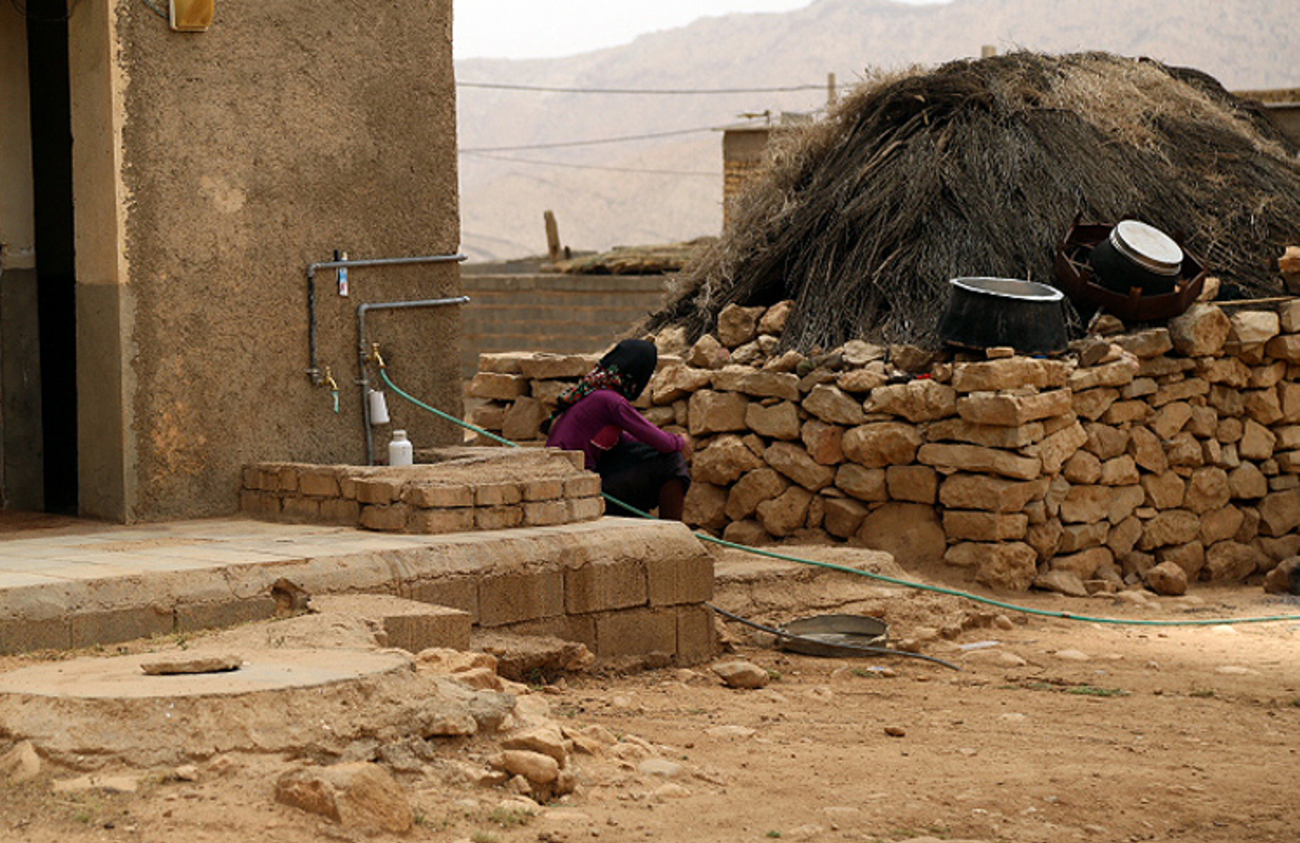A study by the Institute for Management and Planning Studies supervised by chief economist Masoud Nili culled 975 figures as the poverty line from official and unofficial sources in 41 reports released by the Statistical Center of Iran and the Central Bank of Iran as well as independent research centers.
According to welfare economists Majid Einian and Davoud Severi, co-authors of the study, 12.31% of all Iranians are poor and a total of 10.61% of urban and 17.03% of rural households live in poverty.
The economists picked 2.7 million rials ($61.3) for an individual living in urban areas and 1.7 million rials ($38.6) for each person living in rural areas as the yardstick to define the poverty line.
In other words, a person living in urban areas who earns less than 2.7 million rials and an individual in rural areas who earns less than 1.7 million rials a month is considered poor and cannot meet the daily 2,100 calorie requirements, the Persian daily Etemaad reported.
The Ministry of Cooperatives, Labor and Social Welfare considers the extreme poverty line at 7 million rials ($159) a month for three- to five-member households, according to deputy minister, Ahmad Meydari.
“A total of 2.2 million households are covered by the assistance programs of Imam Khomeini Relief Committee and State Welfare Organization of Iran. We have identified 800,000 households with a monthly income of less than 7 million rials ($159), who will be considered eligible to receive aid next year (March 2018-19),” he said.
Meydari said the absolute poverty line, which is an improved index of poverty (compared to extreme poverty), is at higher levels than 7 million rials ($159) but fudged on giving an exact figure.
A report by the Institute for Management and Planning Studies set the average absolute poverty line at 15 million rials ($340.9).
The fiscal 2007-8 was the last year the government made an official announcement on poverty line i.e. 6.5 million rials ($147.7) a month. This is while the head of Imam Khomeini Relief Committee, Parviz Fattah, put the poverty threshold at 8.2 million rials ($186.3) last March and said 11 million suffer from poverty in Iran.
At the same time, Majlis Research Center, the research arm of the parliament, reset the line at 18 million rials ($409) a month and CBI announced average household spending at 32.7 million rials ($743) last year.
Two years ago, prominent Iranian economist, Hossein Raghfar, estimated that 30 million Iranians were living in relative poverty and 12 million in absolute poverty.
Absolute poverty measures poverty in relation to the amount of money necessary to meet basic needs such as food, clothing and shelter. The concept of absolute poverty is not concerned with the broader quality of life issues or with the overall level of inequality in the society.
The concept, therefore, fails to recognize that individuals have important social and cultural needs.
This, and similar criticisms, led to the development of the concept of “relative poverty”, which defines poverty in relation to the economic status of other members of the society. As per this concept, people are poor if they fall below prevailing standards of living in a given societal context.


